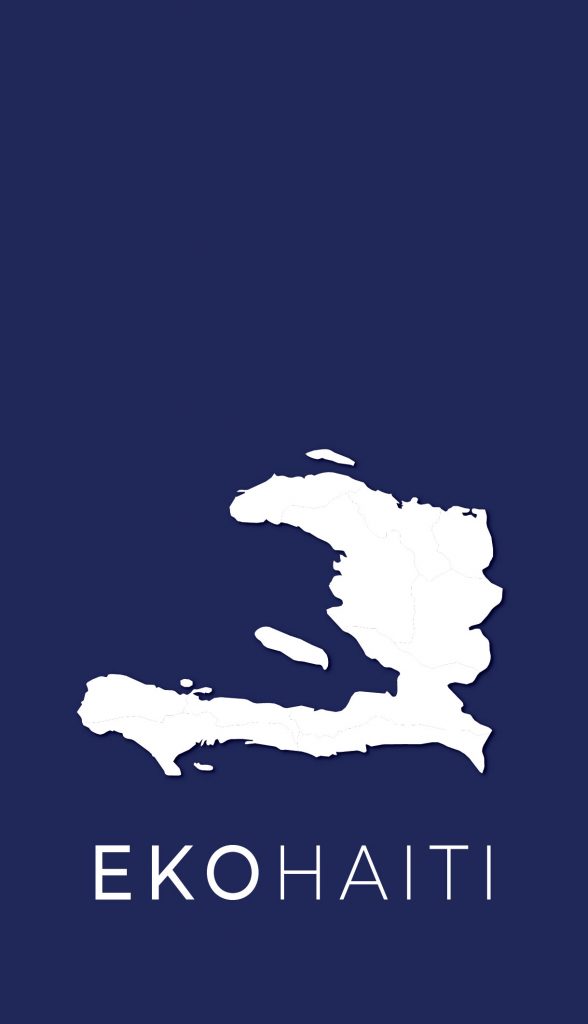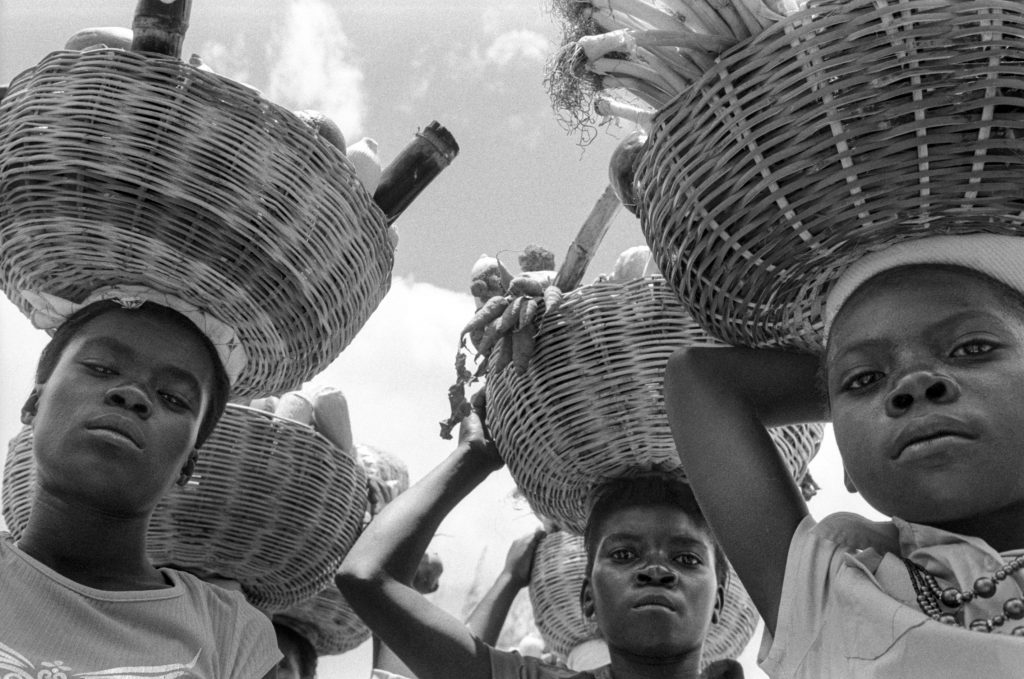In the Caribbean, the practice of getting dressed matters because it is a practice of attending to the body. Under a colonial regime, black bodies were ill-treated and selves were negated. Clothing played an instrumental role in the abuse of bodies and the stripping of a sense of wellbeing. Attire was one key way of demarcating master and slave and rendering some members of society null and void. Enslaved Africans, who were forcibly brought across the Atlantic to the New World, were considered chattel or commodities rather than people and clothes functioned in a way that reinforced that notion. Yet, dress became a strategy of subversion – of making chattel, property or ‘non-people’ look like people. The enslaved recog- nised that, through clothes, it was possible to look and feel free. Today that legacy remains. Clothing is seen not only as that which can make a people ‘look like people’ but also feel like people – clothing sets up a specific structure of feeling. This paper pivots on notions of looking and feeling like people while deploying Joanne Entwistle’s conceptual framework of dress as situated bodily practice. The article locates its investigation in the Caribbean, examining the philosophy and practice of Trinidadian clothing designer Robert Young. The article establishes him as a source of aesthetic therapeutic solutions in the Caribbean. It argues that his clothing designs produce a therapeutic discourse on the Black Caribbean body – a discourse, which facilitates a practice of getting dressed that gives a sense of agency, self-empowerment and psychic security even if that sense is embodied temporarily; lasting perhaps only as long as the garment is worn.
Open Source Archives
We strive to facilitate interdisciplinary collaboration and the implementation of progressive and participatory research methods, with the goal of generating tangible, durable changes in the way research about Haiti is conceptualized, implemented and applied.

ABOUT US
Research Hub & Open Source Archives
EKO HAITI Research Hub is a research and knowledge mobilization platform focused on creative, collaborative and interdisciplinary research and associated research-based learning. We aim to become the intellectual “home” for research about Haiti by creating and providing open access to the largest crowdsourced research archive dedicated to Haiti, by fostering cross-disciplinary research and innovation, and by providing support for progressive research in the form of contextual expertise and training.
“The trees fall from time to time, but the voice of the forest never loses its power. Life begins.”
Jacques Alexis, Les Arbres Musiciens (Paris, 1957)





ORAL HISTORIES
Oral histories are a powerful tool in developing historical understanding
Oral history offers an alternative to conventional history, filling gaps in traditional research with personal accounts of historically significant events or simply life in a specific place and time. Oral histories do more than provide charming details to dry historical accounts. In fact, oral histories help others recapture lived experiences that are not written down in traditional sources.
> Transcripts archive

" Bwa pi wo di li wè lwen, men grenn pwomennen di li wè pi lwen pase l "
The tallest tree says that it sees far, but the seed that travels says that it sees even further.
GET INVOLVED
Support EKO HAITI
As an independent institute, we rely on crowdsourcing and donations to continue expanding the depth and scope of our archives. Your contribution enable us to provide open access to a vast collection of ethnographic and research material which in turn aims at fostering further research and contribute to a better understanding of the country.

